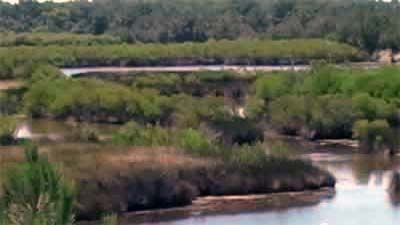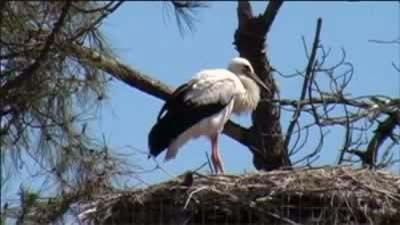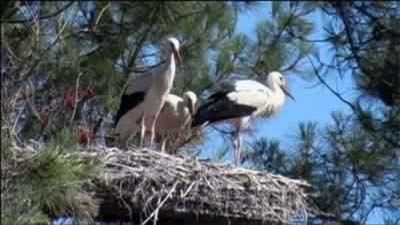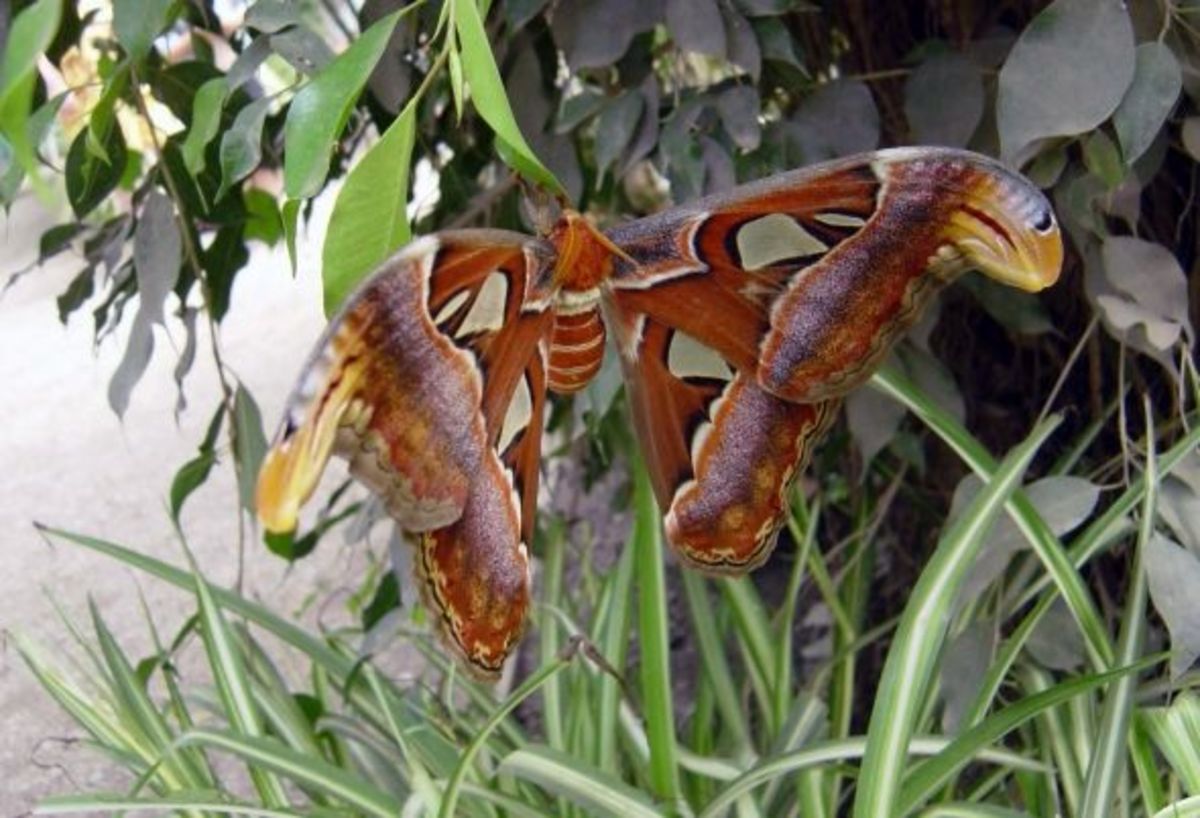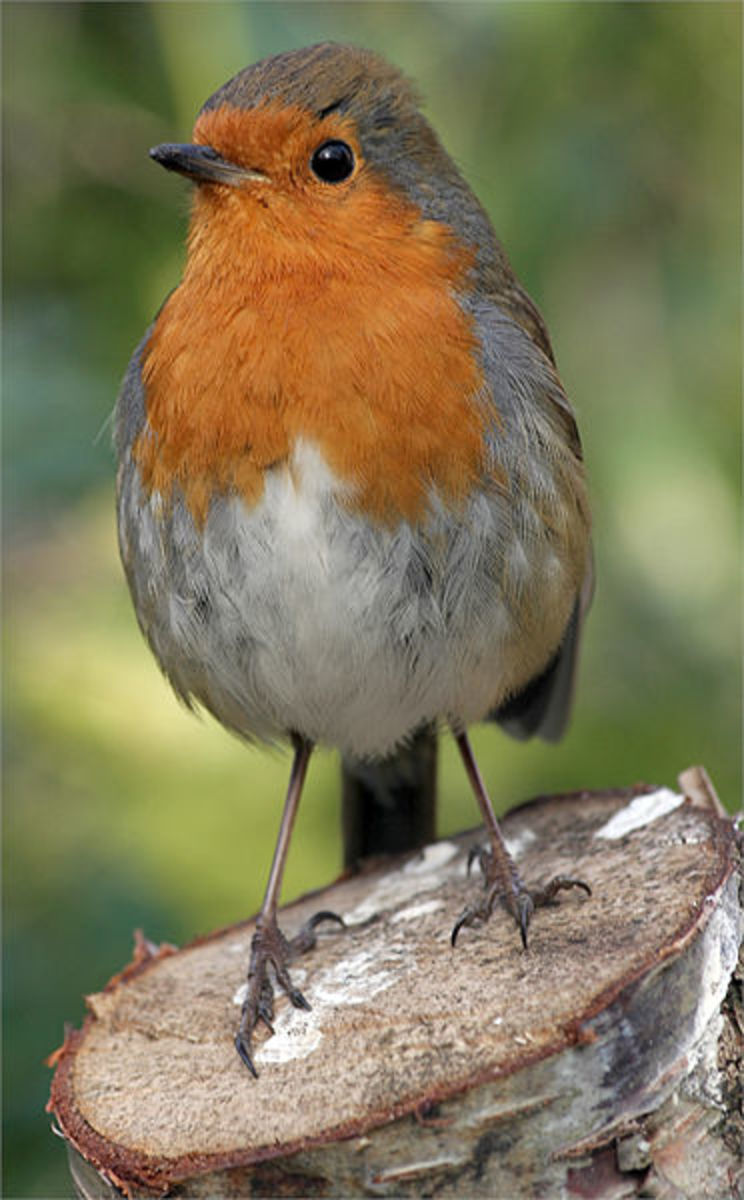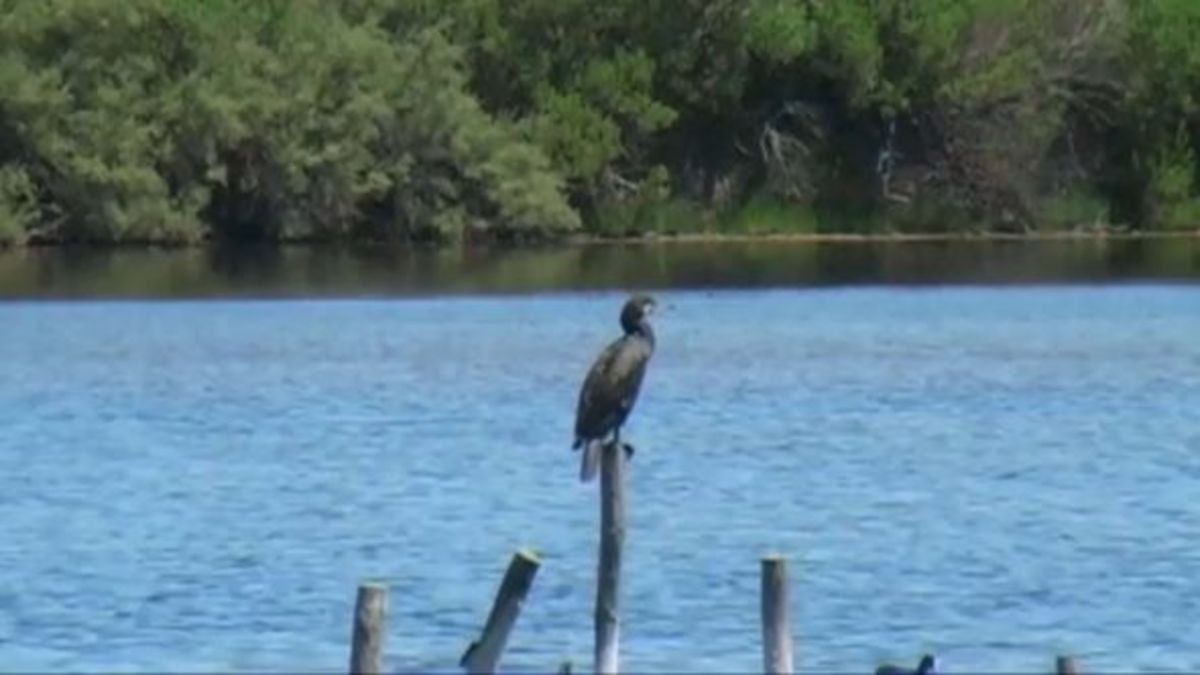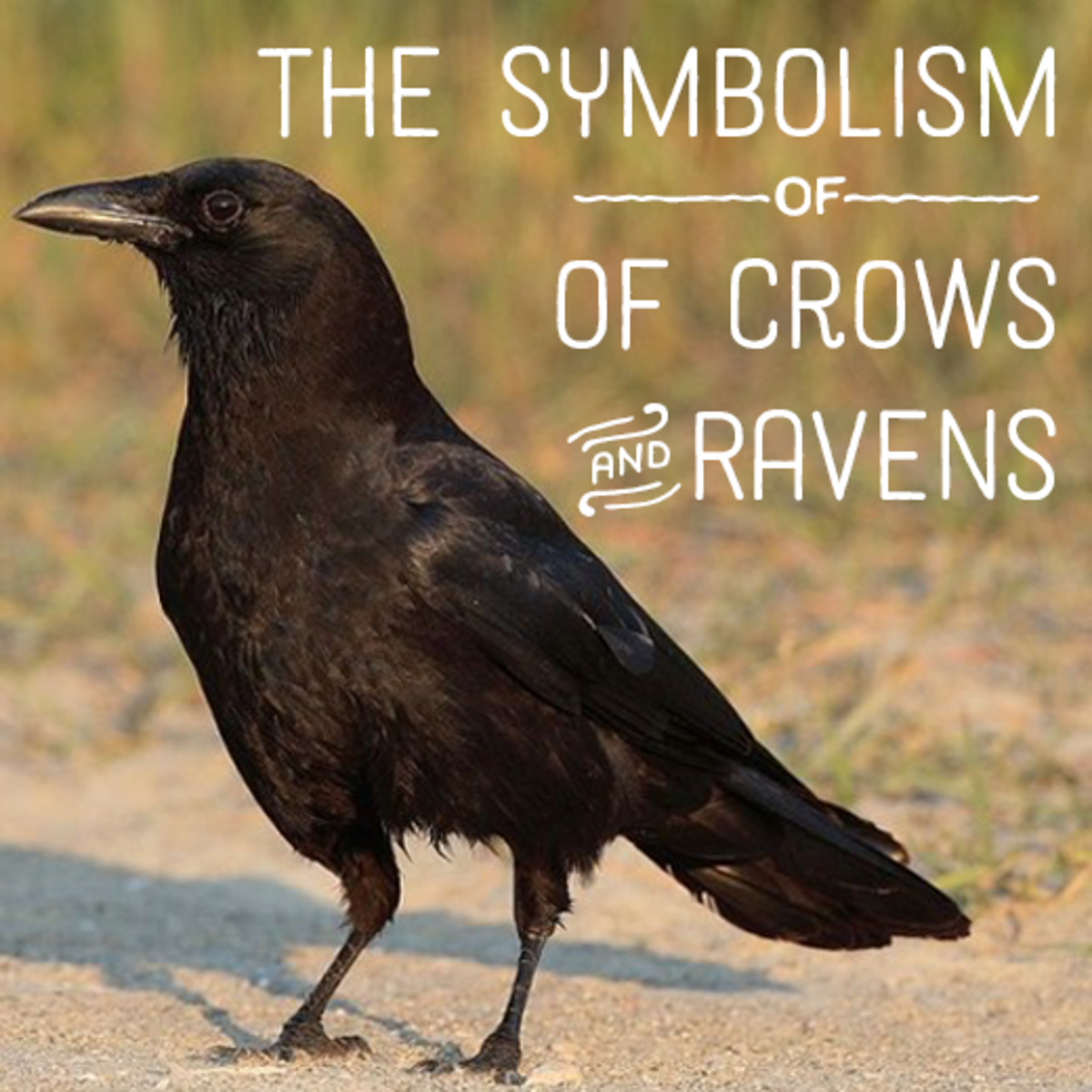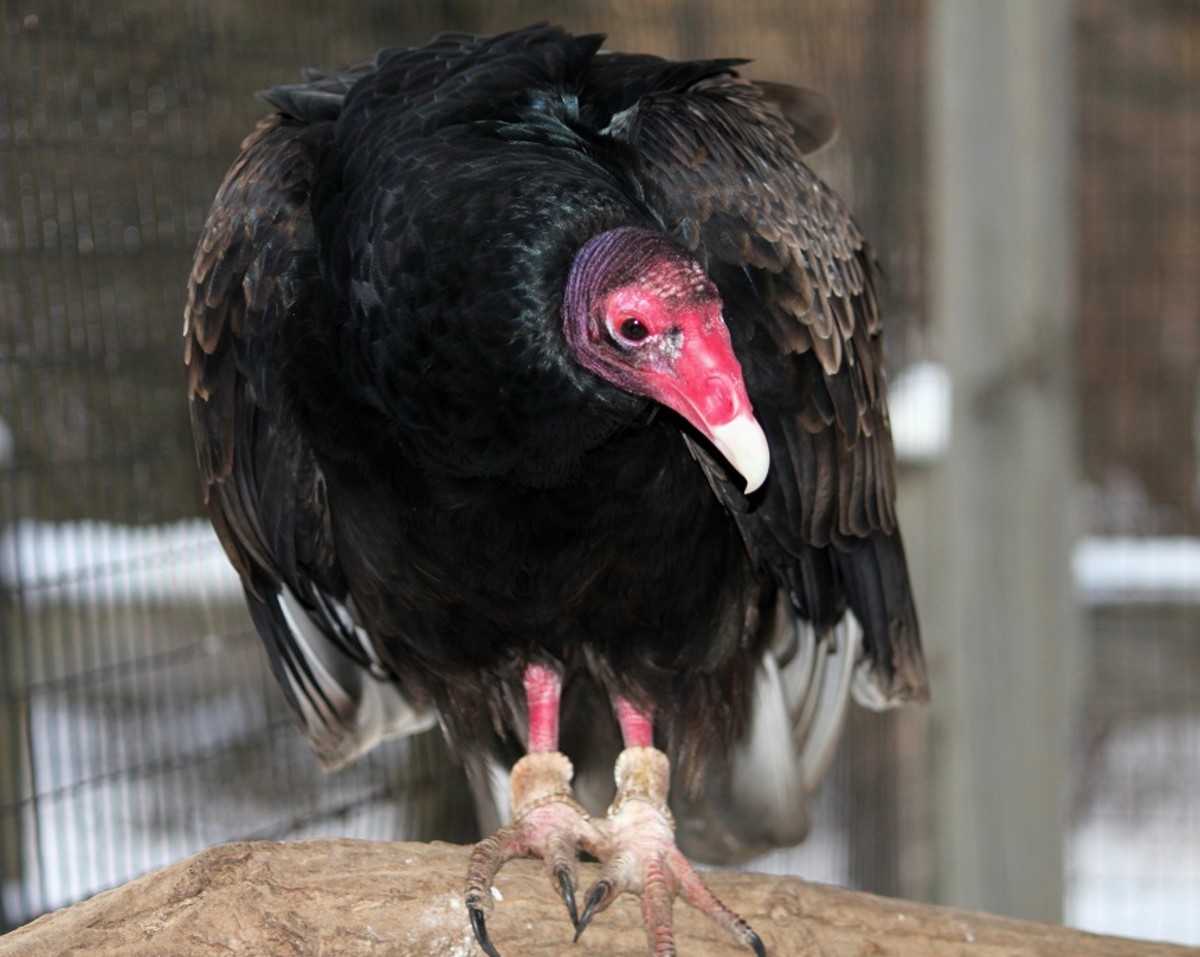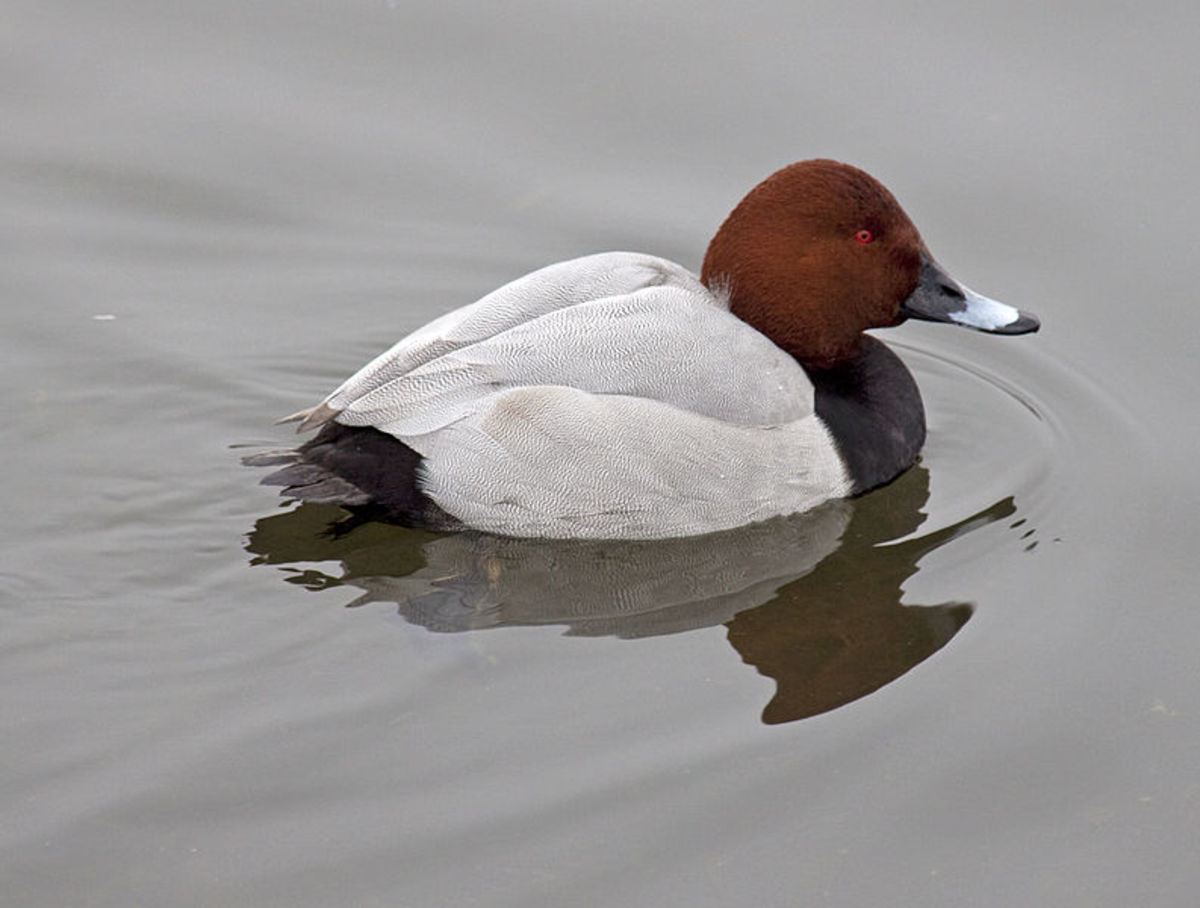Nesting Storks: Ornithological Park, France
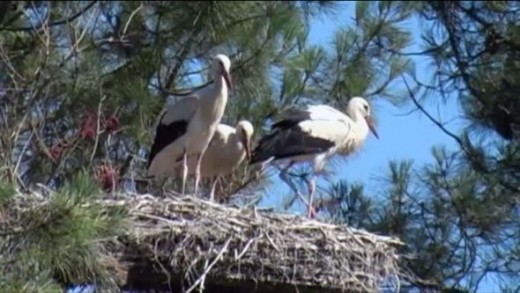
Storks Nesting at Parc Ornithologique (Ornithological Park)
This is the video I made of storks nesting in the trees when we visited the Ornithologique parc at Teich, Basin of Arcachon while on holiday in Southern France.
Our day visit at the park was fantastic, and from a good vantage point (as the video shows) I was able to get spectacular close-up video shots of these storks in their nests. Anyone with a good camera and a descent zoom lens will be able to get good photographs of these most magnificent birds in their natural habitat in this bird wildlife park.
Location of Parc Ornithologique Du Teich
This wildlife park, open to the public, is a great natural habitat where you can see storks nesting close-up; great for photography and videoing.
A Wildlife and Wetlands Reserve in France
A Natural Habitat for Birds
While on holiday we had the pleasure to visit the French Ornithological Park in southern France, near Bordeaux, and the delight to film storks nesting. Ornithological is the study of birds, the French word being Ornithologique; the French word for Park is Parc. The Storks we filmed were nesting at Parc Ornithologique Du Teich, Bassin D'Arcachon (Ornithological Park at Teich, Basin of Arcachon); a wetlands wildlife park and bird sanctuary in the Bordeaux Region of France; a great place to visit because it picks up the Mediterranean weather.
In this article you can learn a bit about Storks and their nesting habits, and about the wildlife habitat of this bird park in southern France; a wetlands wildlife bird park similar to Slimbridge, a 'wildlife and wetlands' bird reserve in Gloucestershire, England.

Three Storks Nesting At the Ornithologique Parc
It goes without saying that Storks are birds, birds being the sole surviving dinosaurs on Earth. More precisely Storks belong to the Ciconiiformes family and are exclusive to the sub group Ciconiidae; there being 19 living species of storks in six genera.
Storks are large wading birds with long legs, neck and long stout bills and live in many part of the world preferring drier habitats to their other closely related birds such as herons, spoonbills and ibises. A group of storks is often referred to as a 'muster of storks' or a 'phalanx of storks'.
They don't have a syrinx and therefore are mute so bill-clattering is an important means of communication for them at the nest site. Most of the Stork species are migratory and generally they feed on insects, earthworms, frogs, fish, other small birds and small mammals; and when flying storks generally soar (using thermal air currents) or glide to conserves energy.
The Nesting Habits of Storks
Large Storks Nests in Trees at the Ornithologique Parc
Stork's nests are usually very large (anything up to six feet wide and 10 feet deep) and often used for many years. Like swans, storks can be monogamous, and they have a tendency to reuse the same nests each year.
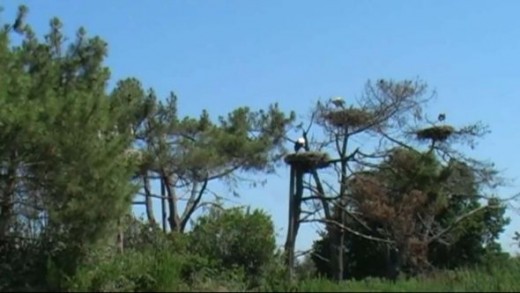
Background Info on the Ornithological Park (Parc Ornithologique)
The Ornithological Park in Teich, Basin of Arcachon, southern France, near Bordeaux is very much like the bird sanctuary (Wetlands for Wildlife) at Slimbridge, Gloucestershire. Open to the public since the early 1970s these wetlands in Teich, a well preserved natural environment consisting of swamps, mud-flats, humid meadows, and ancient fishponds are one of the most important migratory routes for European birds and provides important shelter where about 300 species of birds can thrive
To walk the entire park the main route is about three miles return and includes hides and other observation posts at regular intervals. For the less ambitious visitor there is a shorter route of about half the distance.
Parc Ornithologique du Teich (Bird Park) video showcase
If you like Slimbridge then you'll love this wetlands nature reserve for birds in France. Above, is the full edited video I made of our holiday day trip to the Ornithologique parc at Teich, a superb place to visit for anyone holidaying in the Bordeaux Region of France. This wildlife wetlands bird park open to the public isn’t quite as large as Slimbridge, Gloucestershire in England so you can stroll leisurely around the paths quite easily within a few hours, and fill up a pleasant afternoon on your holiday.

French Ornithological Park Landscape
Click thumbnail to view full-size




Similar to Slimbridge, England
Slimbridge Wetlands Wildlife Bird Park
Slimbridge Gloucestershire, England, Just like the Ornithologique parc in southern France, is another great wildlife wetlands open to the public where you can observe birds in their natural habitat.
It’s a great place to visit for the whole family to enjoy a day out in Britain, and as we only live an hour’s drive from Slimbridge we’ve visited it for day trips quite a few times over the years.
As this video clip shows (which I made following our last visit) it’s packed with the delights at the wonders of nature.
Do you visit Wildlife Parks?
Last Surviving Dinosaurs on Earth
As many will know these days, birds evolved from dinosaurs. Although most dinosaurs were wiped-out (along with most live on earth) when the asteroid struck the earth over 60 million years ago (as a nuclear third world war would wipe out most life on earth today) some survived.
At the time the dinosaurs, who were the largest creatures on the planet, ruled the earth. With the worldwide holocaust the meteor brought the large animals (exclusively dinosaurs) didn’t stand a chance; they had nowhere to run and they had nowhere to hide. Also, as most life on earth was destroyed (in the aftermath of the catastrophe) there just wasn’t enough food available to meet the quantities required to sustain large animals as the dinosaurs.
However, the small animals e.g. mammals, reptiles, amphibians and small dinosaurs, were more able to take flight and hide from the immediate dangers; and in the aftermath required less sustenance to survive.
These groups of survivors included the small dinosaurs that were capable of flight. While mammals and other small creatures could burrow underground, to avoid the immediate impact of the disaster; the small dinosaurs capable of flight were able to fly to safer ground and to where there was available food. These were the birds, and today (including the storks) have become a very dominant and diverse species; branch of the dinosaurs.
These days there are over 10,000 species of birds worldwide; with over 60 species, including the ostrich have through evolution lost the ability to fly, and others (like penguins) evolving to become swimmers.
This book also includes a section on the dinosaur origin and subsequent evolution of birds

How Did Dinosaurs Evolve Into Birds?
Transformation: Dinosaurs to Birds
This content is accurate and true to the best of the author’s knowledge and is not meant to substitute for formal and individualized advice from a qualified professional.
© 2011 Arthur Russ



